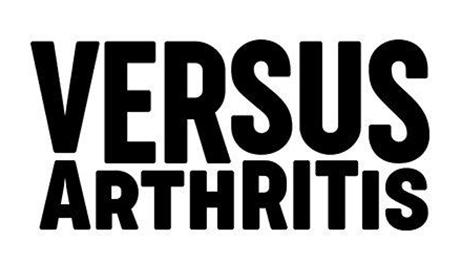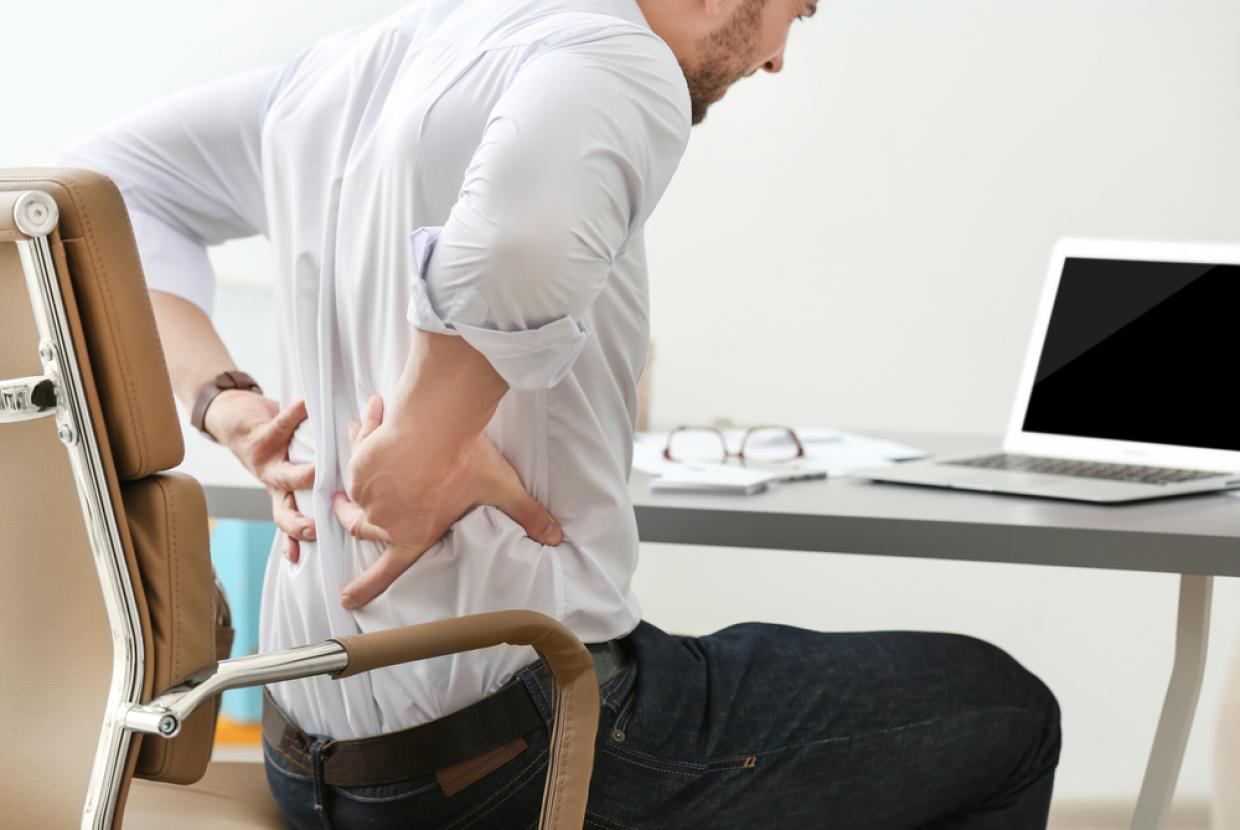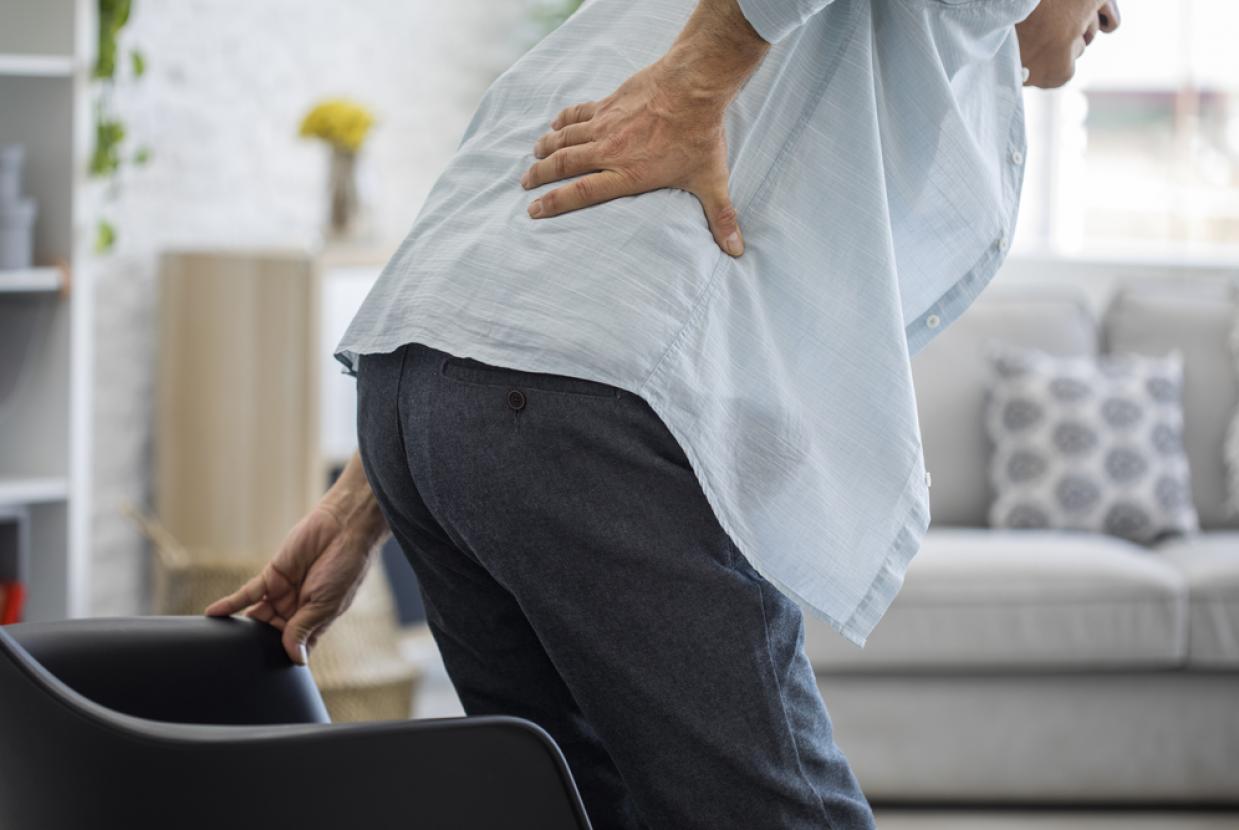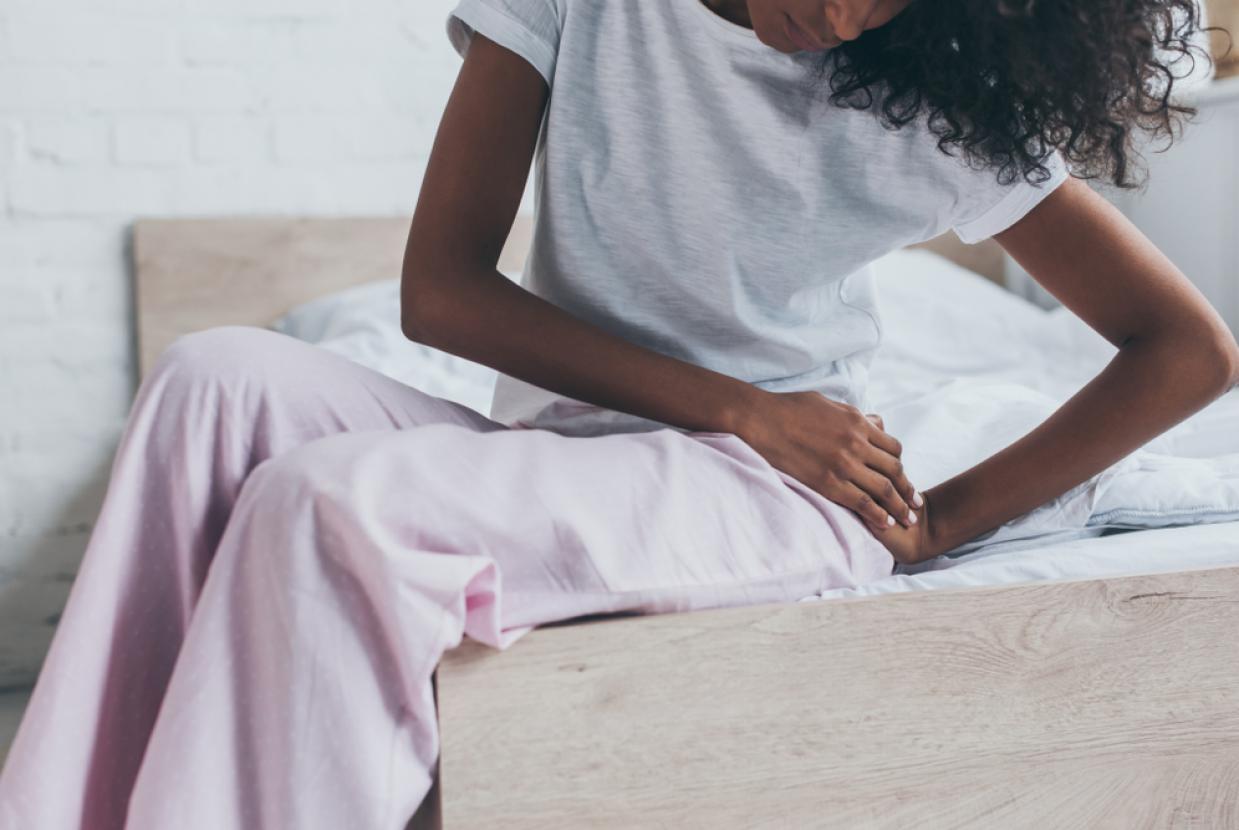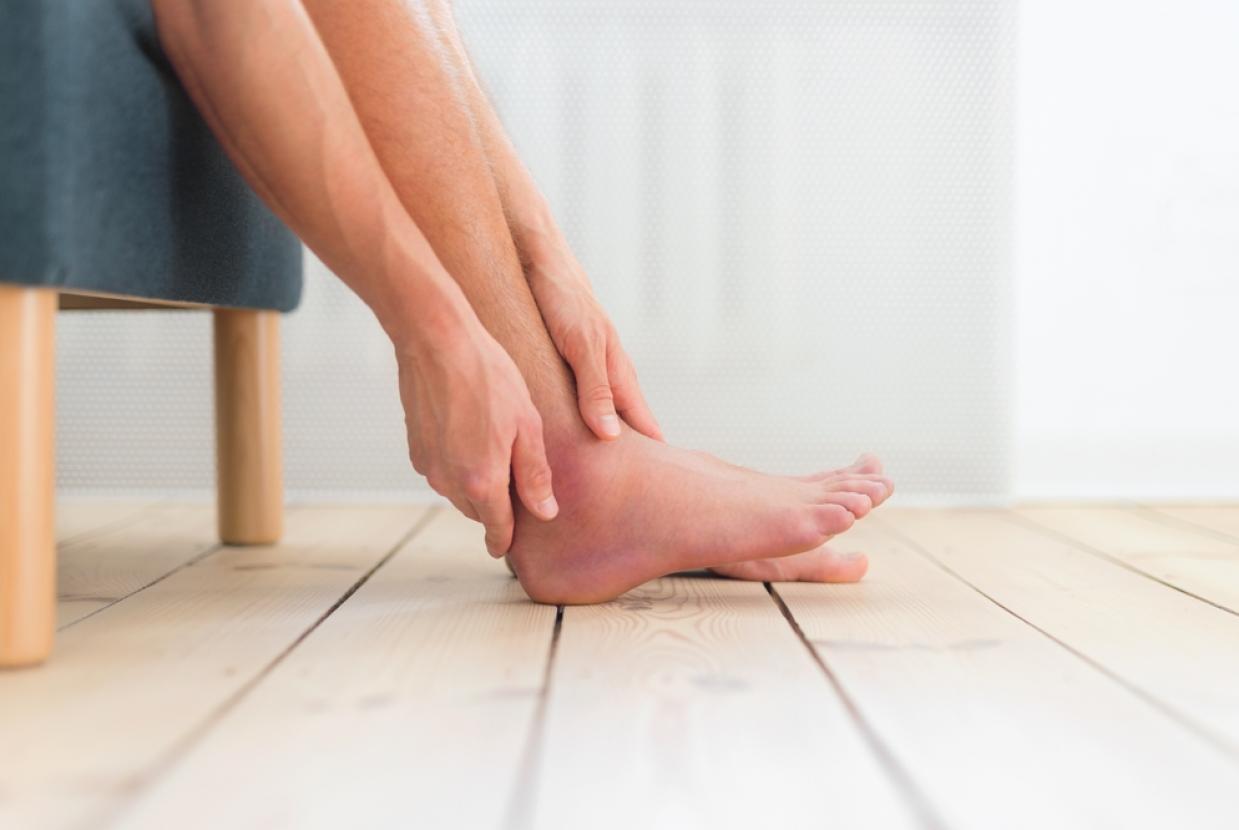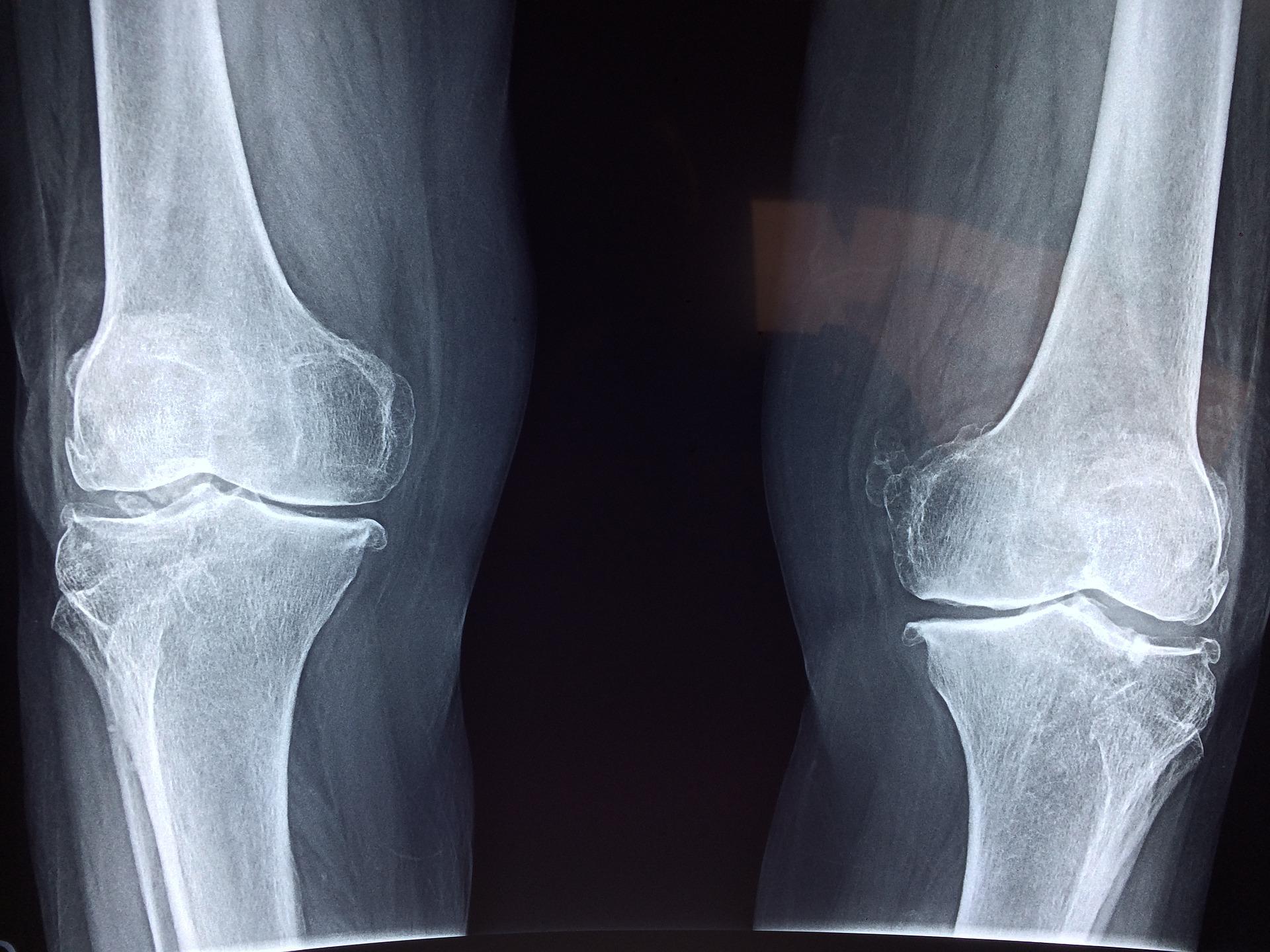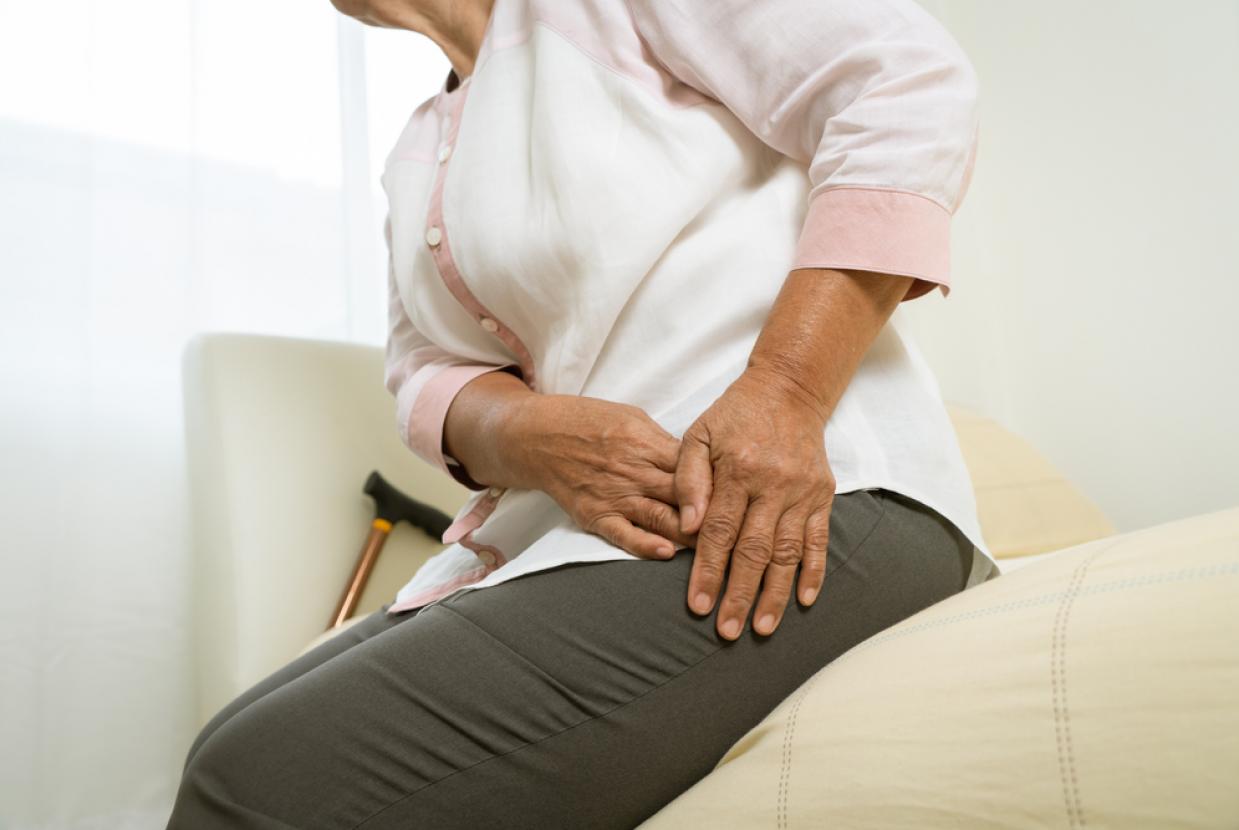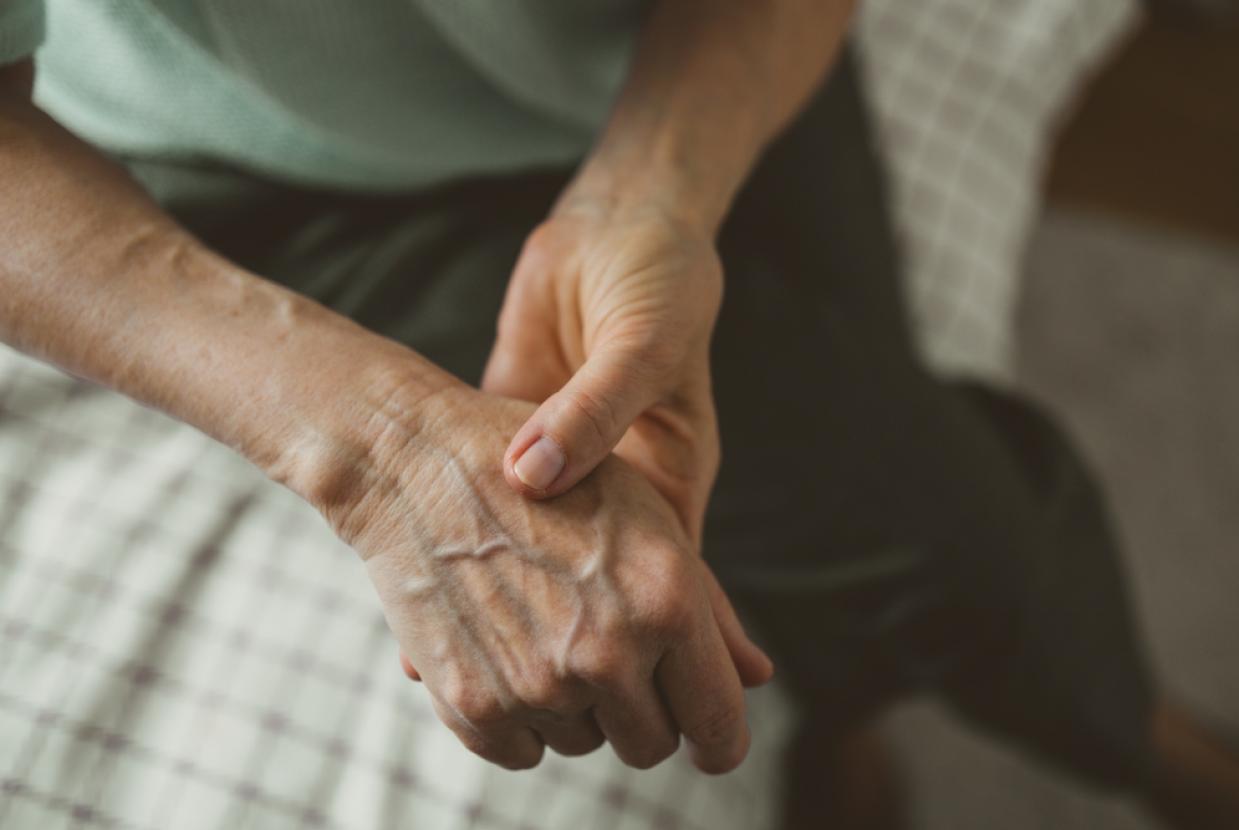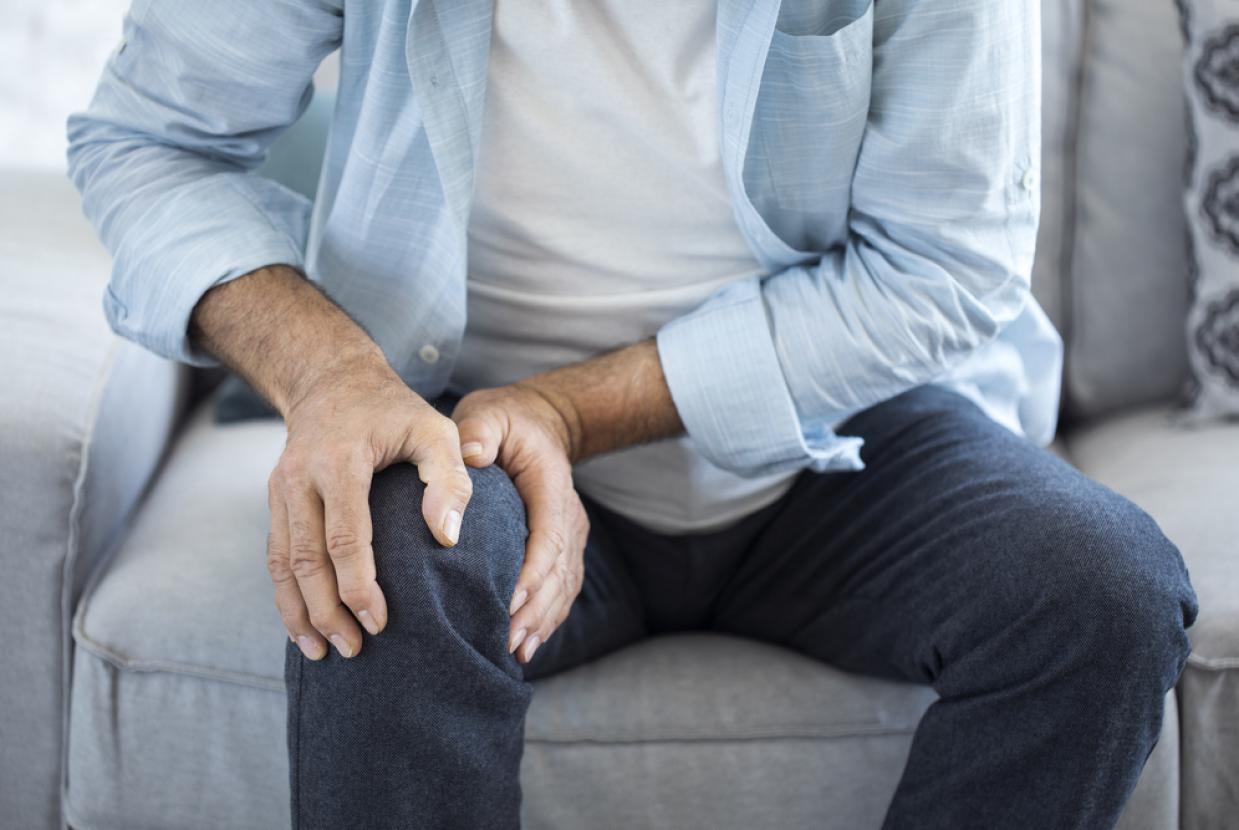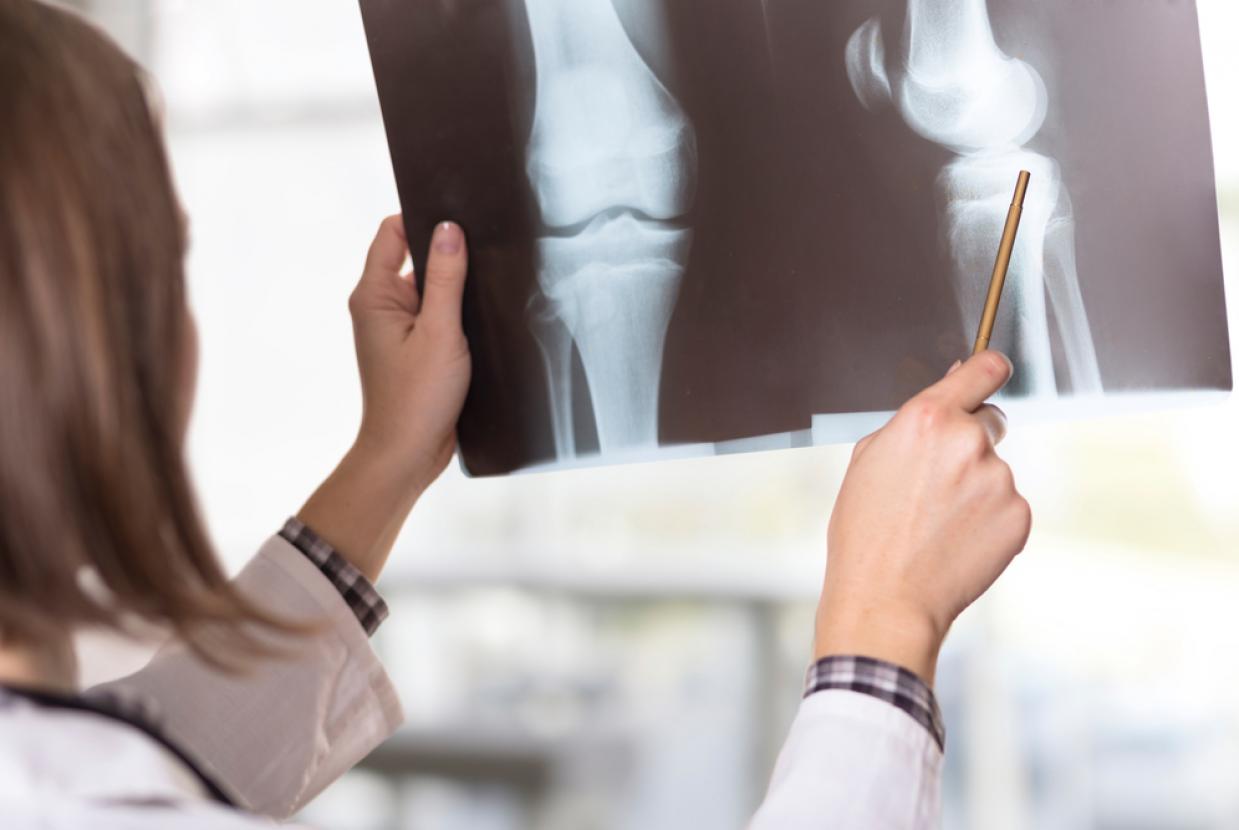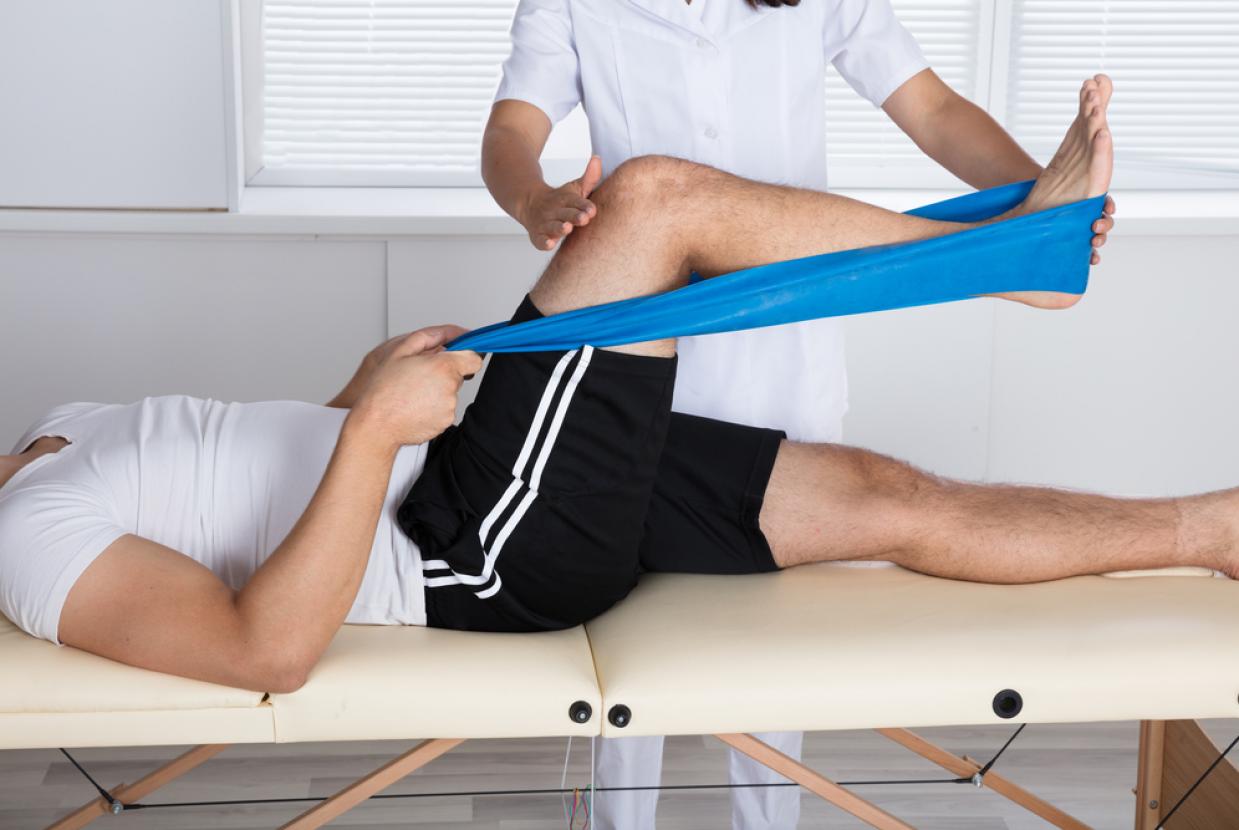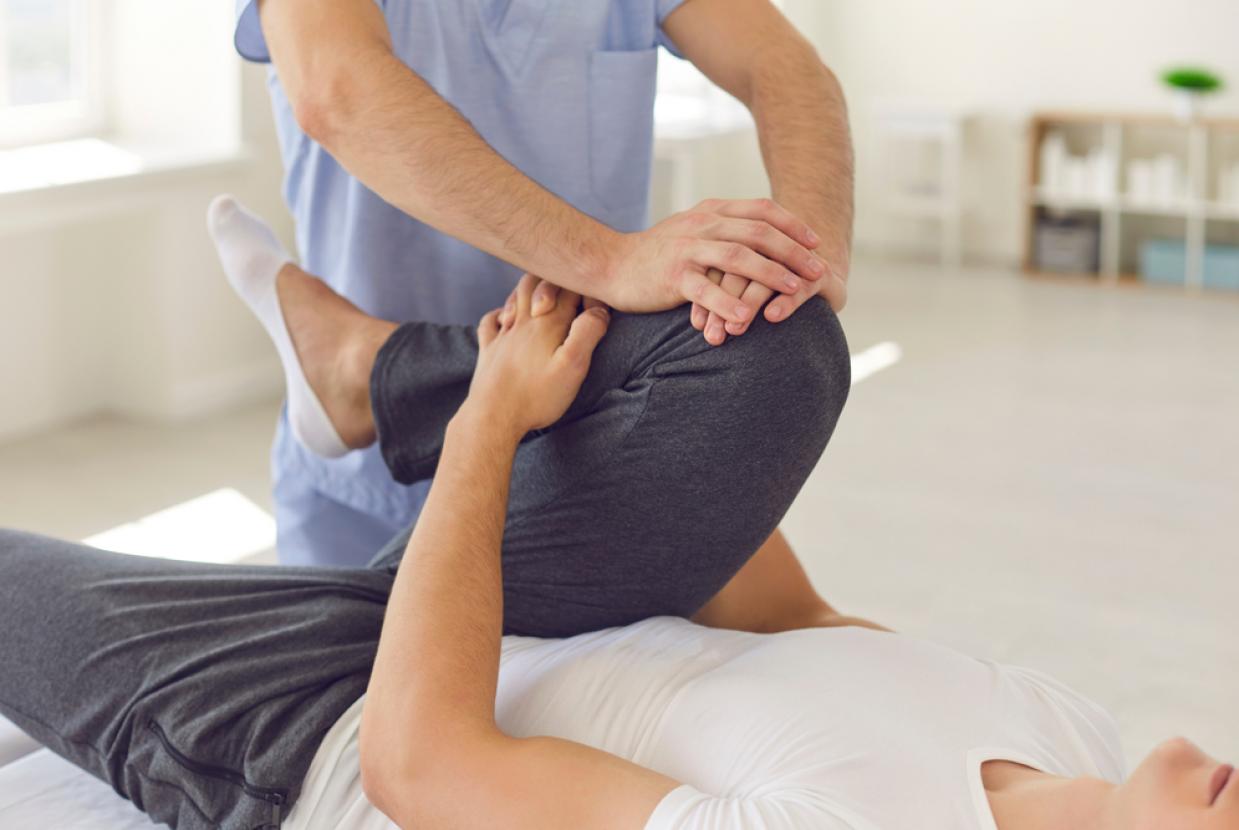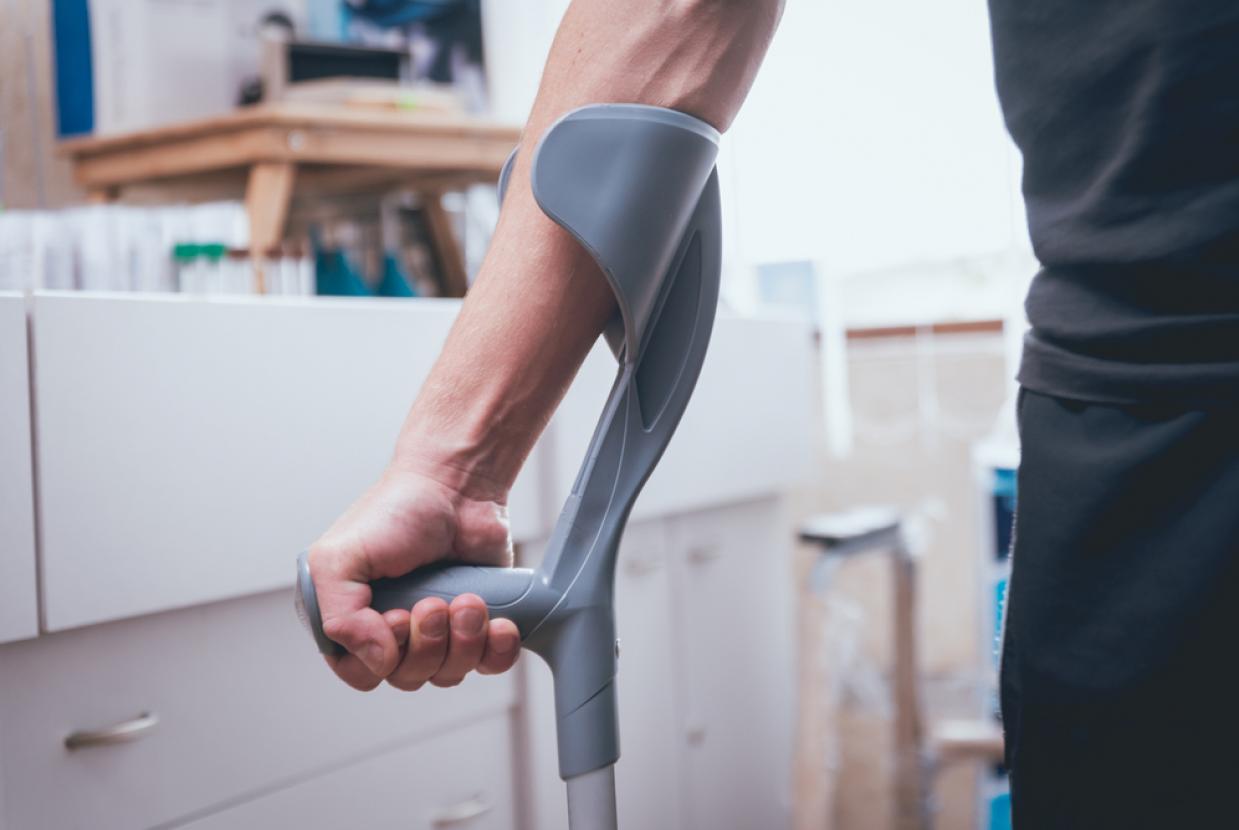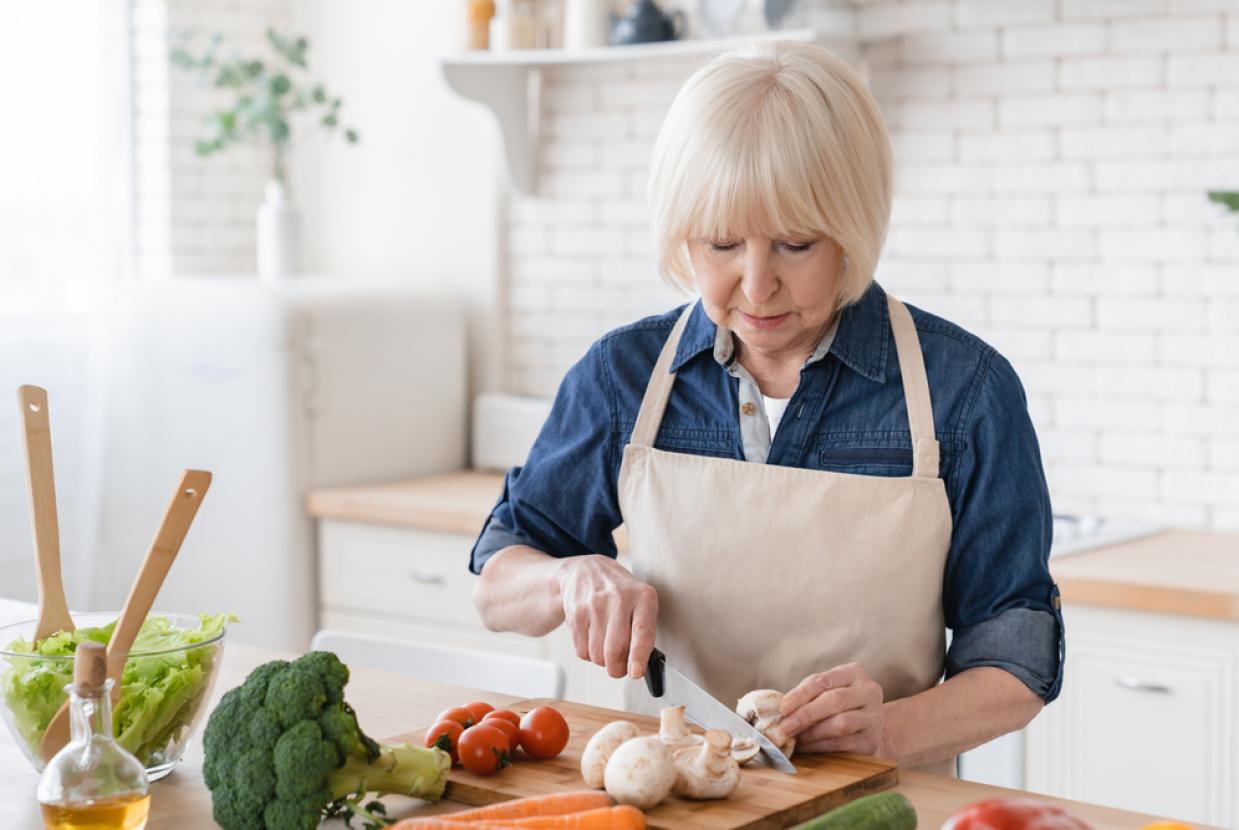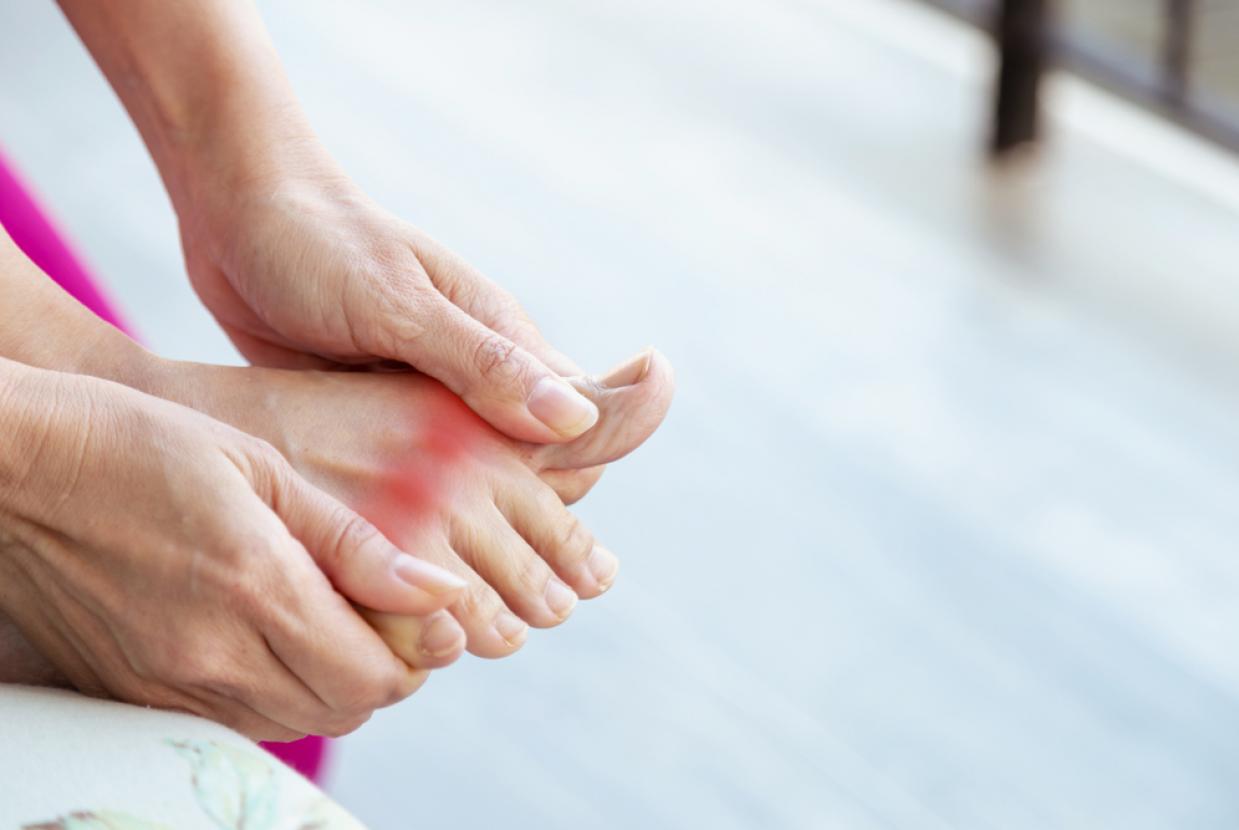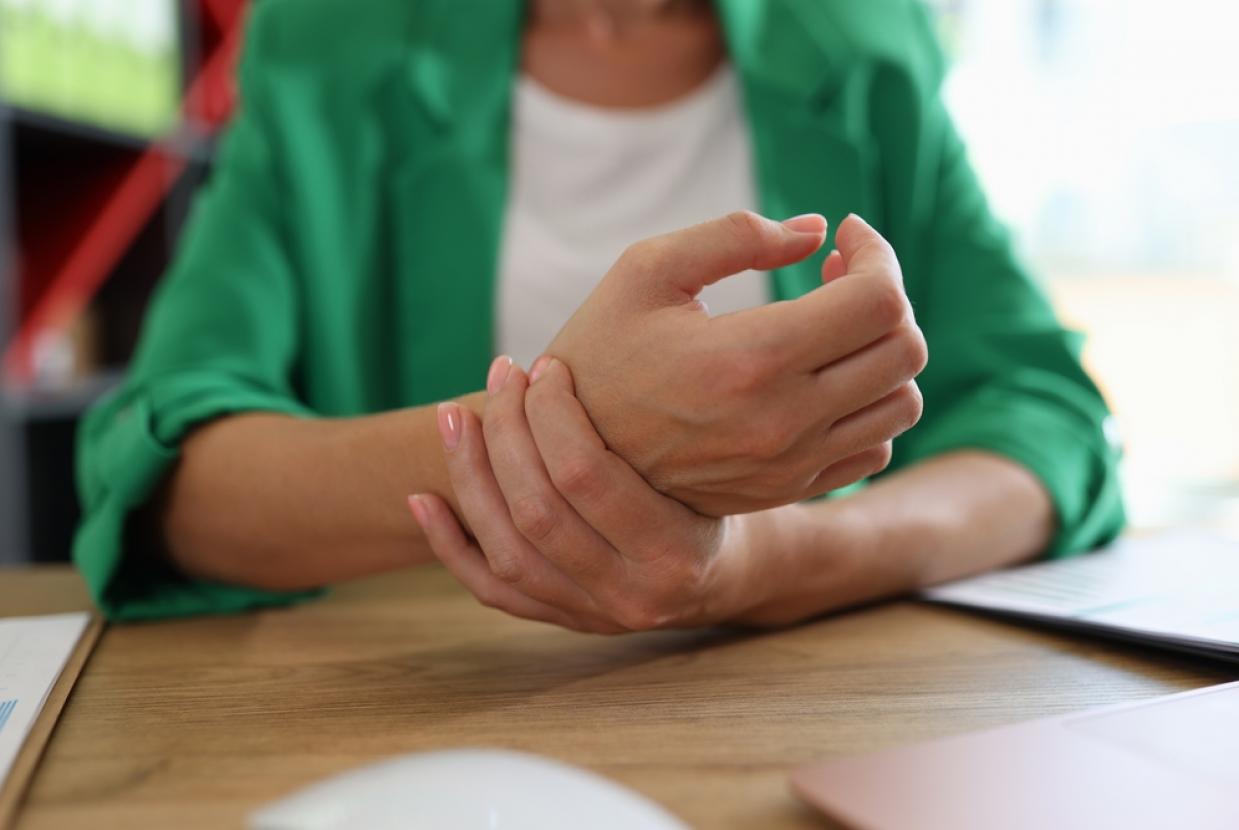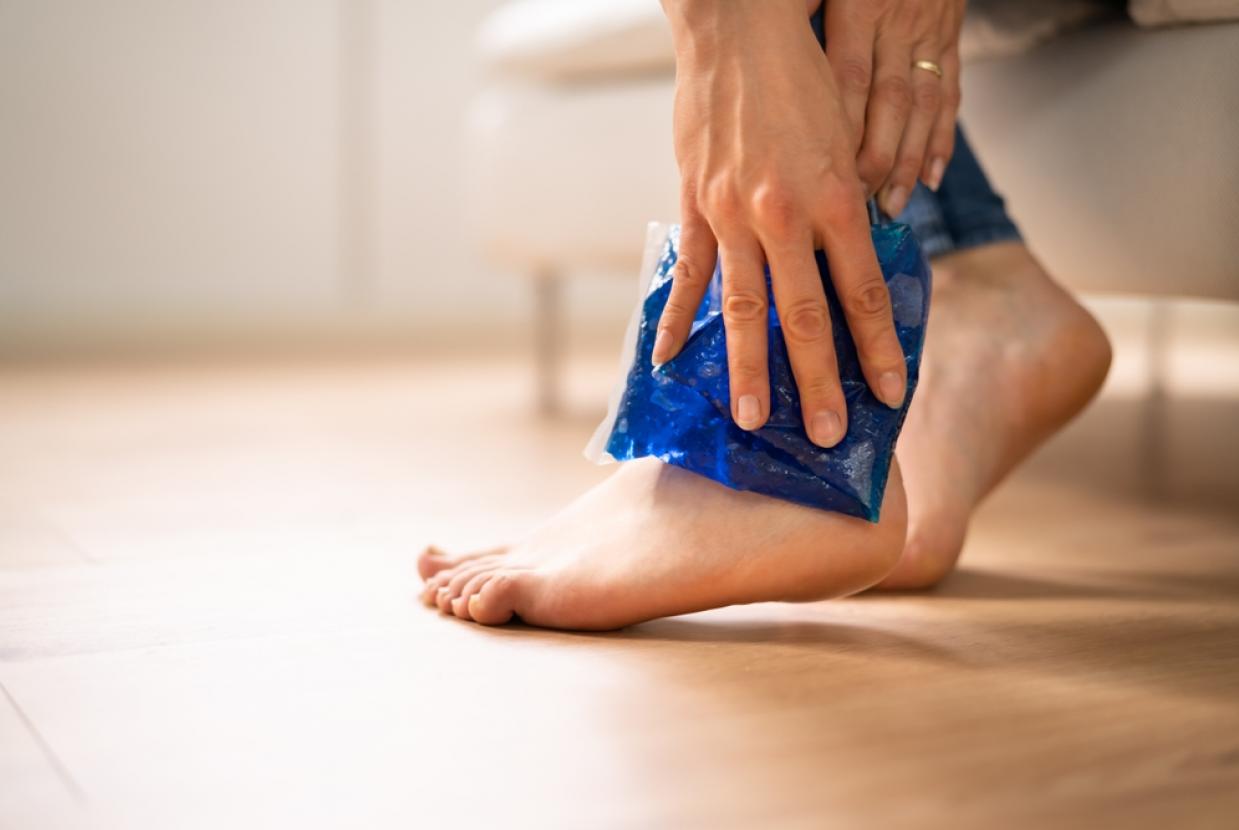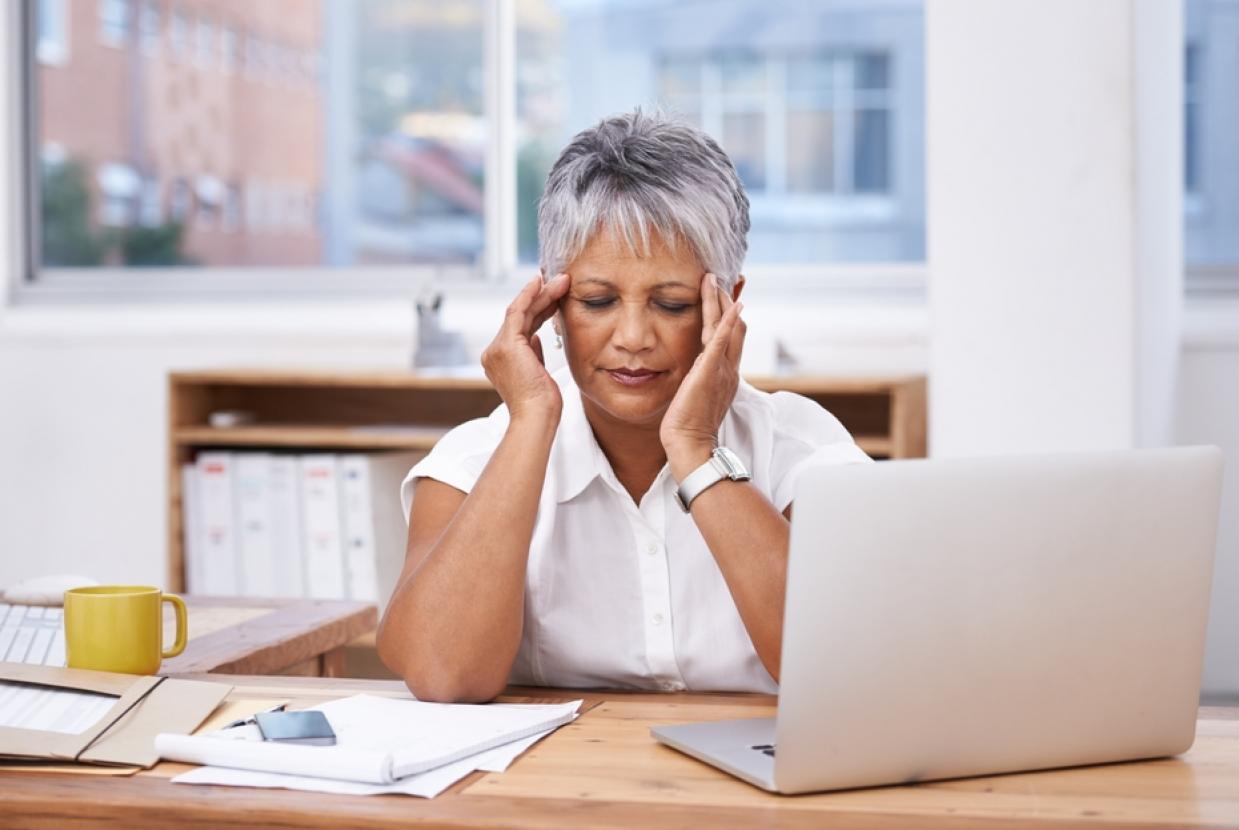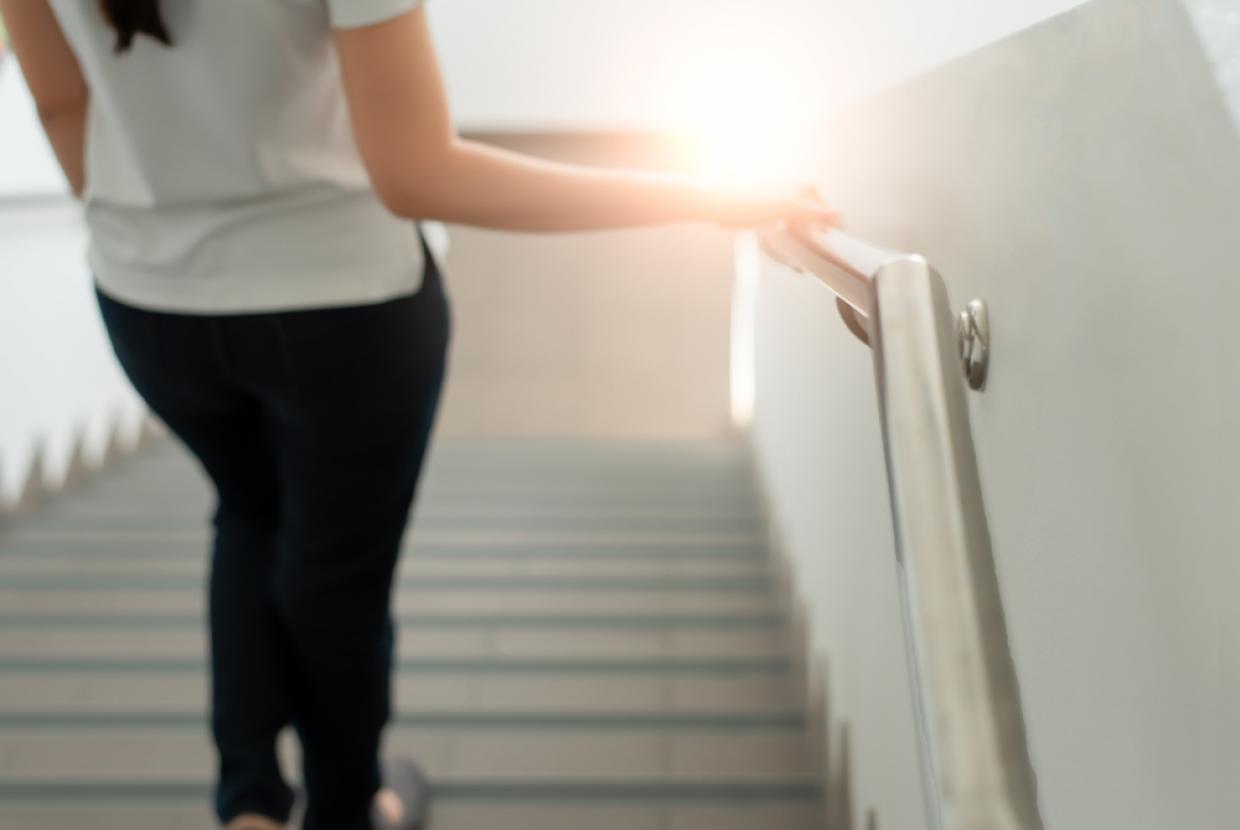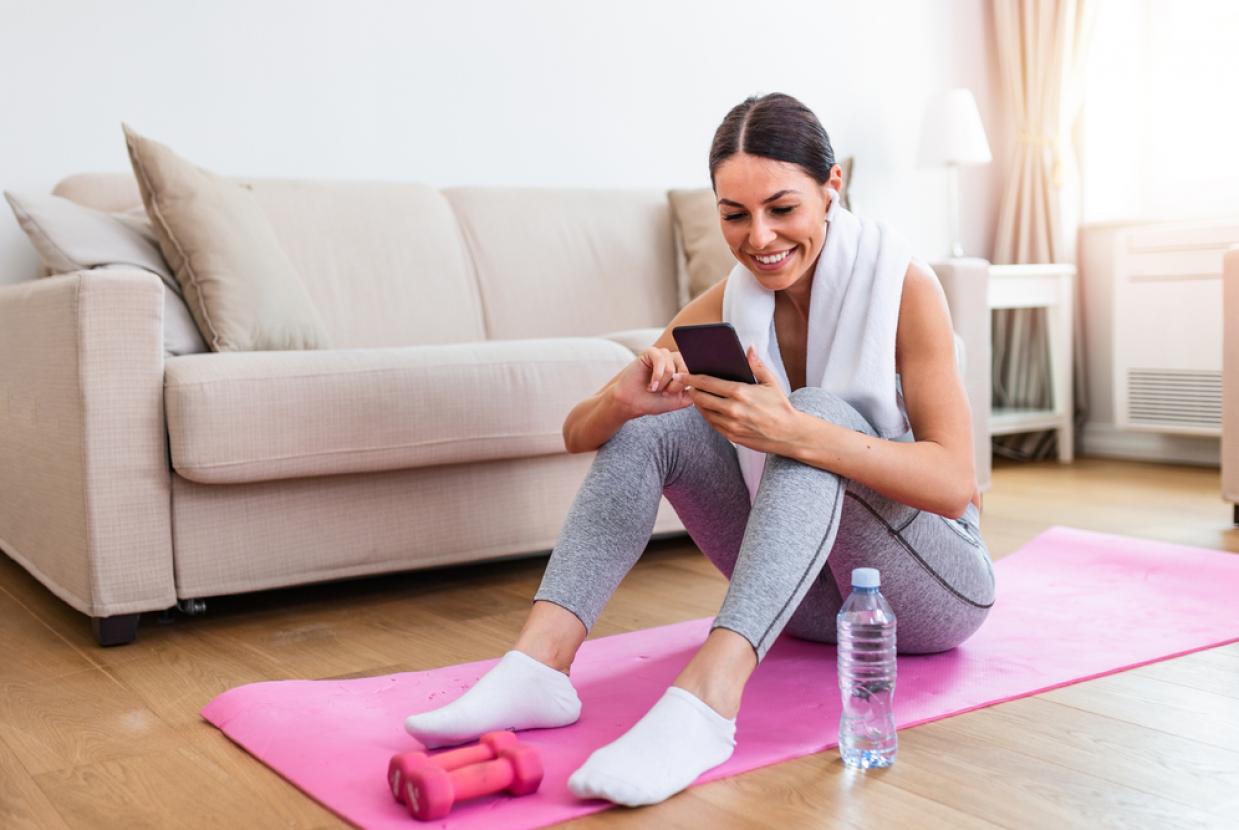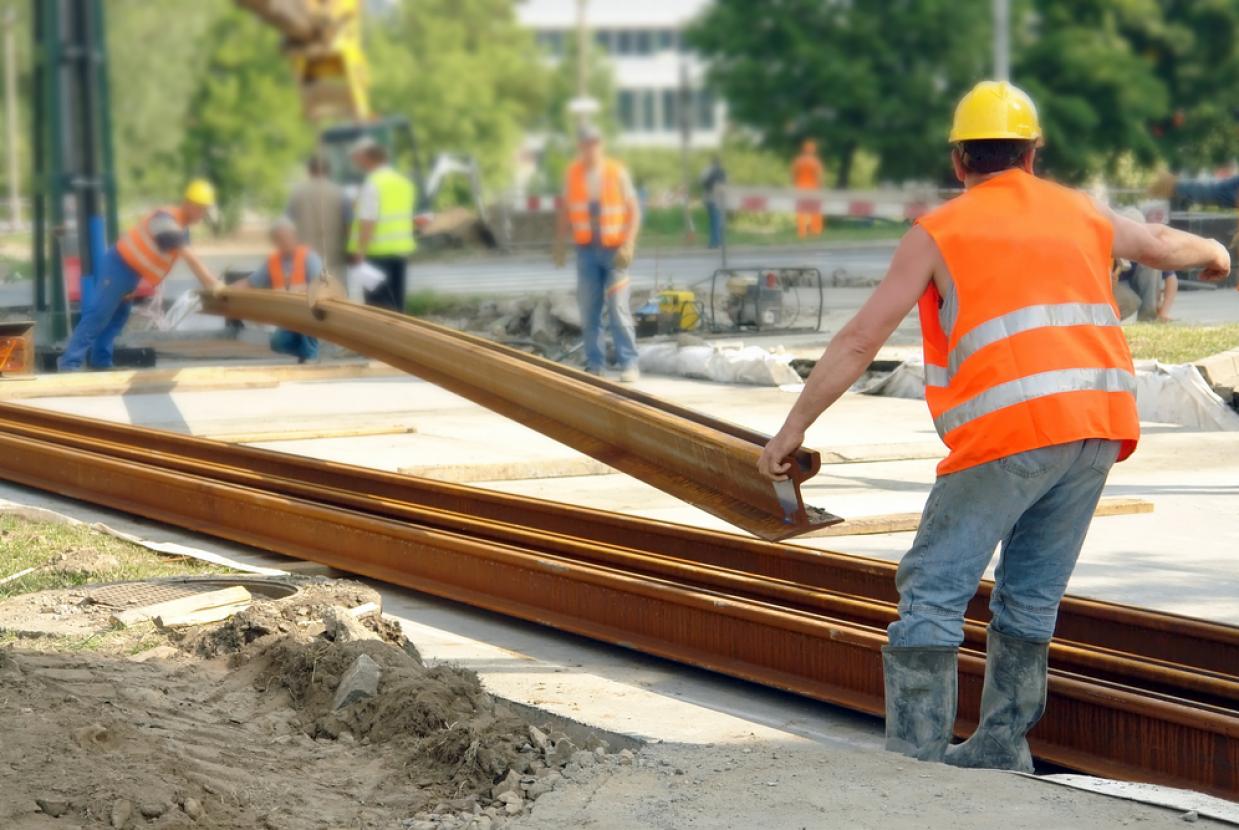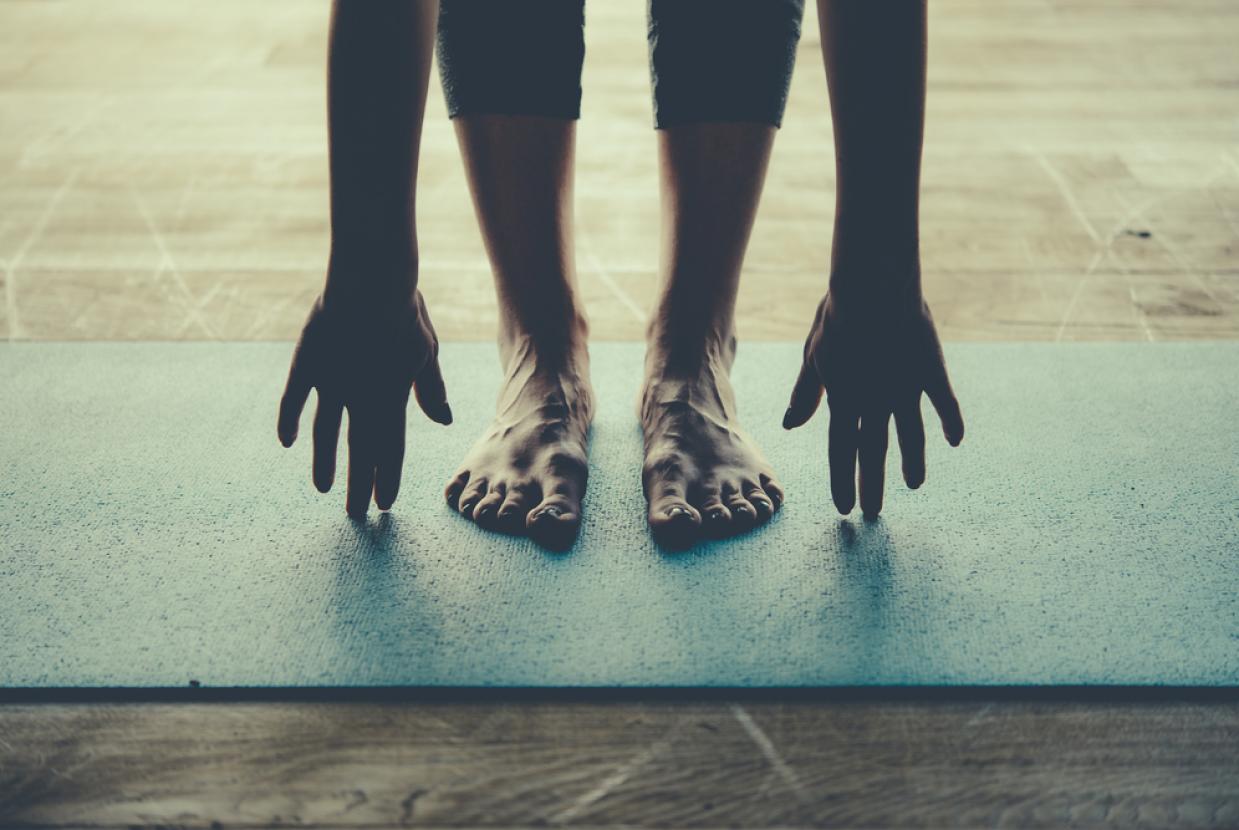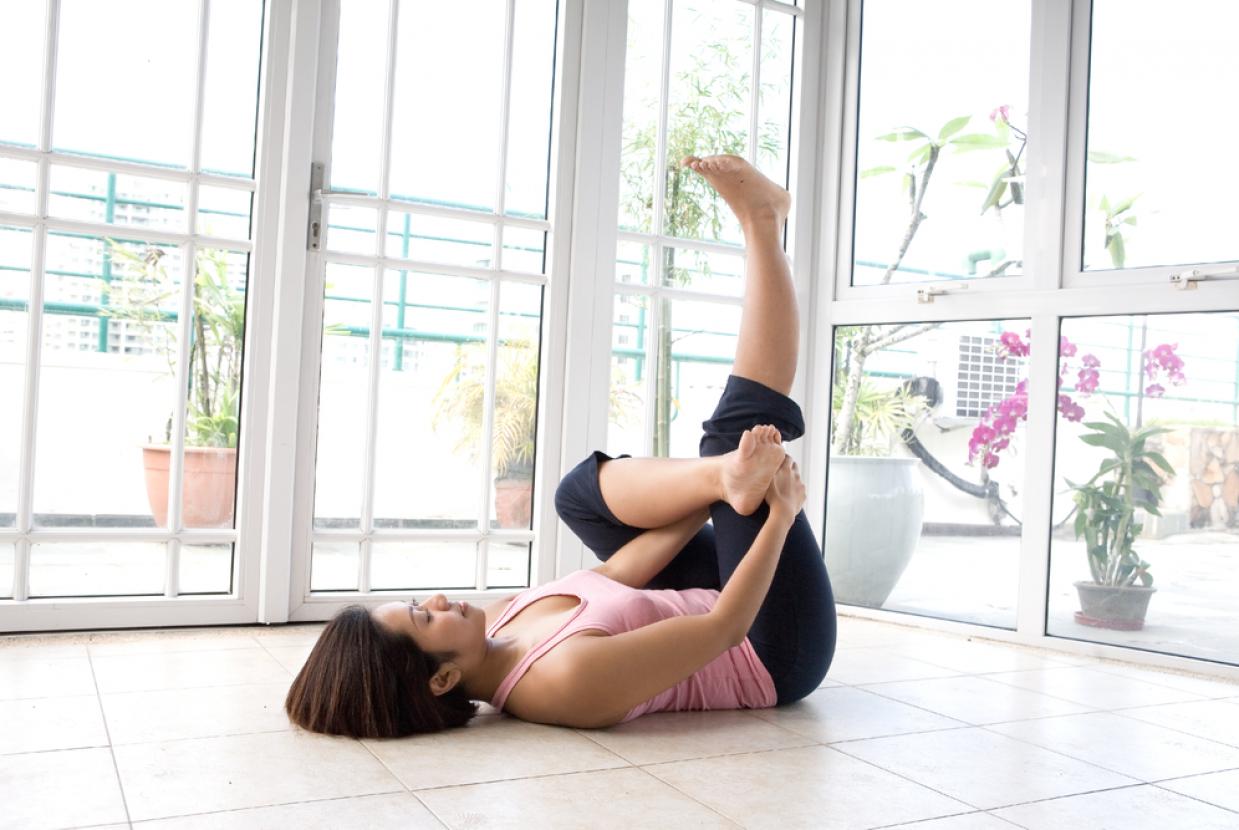Dancing When You Have Arthritis
Arthritis/Back Pain/Joint Pain / Get FitStaying as active as possible can reduce the pain and symptoms of arthritis. But we know it can be difficult to stay motivated, especially when you’re dealing with pain and fatigue. If you're stuck, it can help to find a physical activity that doesn’t feel like a chore. Because the truth is, if we find something we genuinely enjoy, we’re more likely to stick with it.
For Bobbie, 29, who lives with seronegative inflammatory arthritis, dancing is a fantastic way to stay active because it’s fun, creative, and “doesn’t feel like I’m ‘exercising’”.
Dance has always been a huge part of Bobbie’s life. She trained as a professional dancer and now, she is Physical Activity Officer at Versus Arthritis.
Join us as she explains the benefits of dancing, her tips for getting started, and why you should give your local dance class a whirl.
Is dancing helpful if you have arthritis?
Dancing is a great way to stay active if you have arthritis because it’s a type of aerobic exercise. This means it raises your heart rate and makes you breathe faster, so it’s good for your heart and lungs. It also helps strengthen and stretch your muscles. Plus, it might improve your balance too.
But dancing isn’t just good for you physically, it’s also social, creative, and a wonderful way to boost your mood.
“As someone living with arthritis, I find dancing is beneficial to me as it brings so much fun and joy,” Bobbie says. “It doesn’t feel like I’m ‘exercising’ when I dance. It's a great outlet. Dancing is very artistic and creative, and it’s also a great form of physical activity.”
“You don't have to take it too seriously if you don't want to. You can just do it for a bit of fun and just have a laugh. And if your friends want to come along to a class, it's a sociable activity you can do together.
Tips to help you get started dancing
Want to put your best foot forward? Here are Bobbie’s tips for starting dancing.
Find a qualified teacher
The first step is to look out for a qualified dance teacher or an accredited dance school. They’ll be able to suggest how to adapt moves to suit your needs. Some dance teachers even offer seated classes and others can accommodate wheelchair users. The truth is any dance style can be adapted to suit your needs – where there’s a will, there’s a way!
“If you feel comfortable sharing, you might want to tell your teacher which joints are affected by arthritis before the class,” suggests Bobbie.
“That way, they can prepare adaptations and make it as comfortable as possible for you. If you have arthritis in your knees, you could try more arm-focused dance moves, for example.”
Watch a class
You don’t have to sign up to a bunch of classes straight away. Instead, Bobbie suggests to “go and watch a class first beforehand and see if it suits you.
“You can often go and watch things before committing to a block of classes," she adds.
Listen to your body
More than anything, Bobbie says it’s about “listening to your own body and finding what works for you.”
“If something is painful, stop,” she says. “Instead, see if you can find an adaptation or tell your teacher ‘This isn’t working for me. Can you give me an alternative’.
"Dance teachers improvise all the time, so they can often give an alternative if something's not feeling great for your joints.”
What type of dancing could I try?
One of the best parts about dancing is the sheer variety of styles you can try. Whether you prefer the social buzz of a line dancing class or the creative expression of ballet, you're bound to find something that works for you. Here are just a few different dancing styles you could try:
- Ballroom.
- Line dancing.
- Ballet.
- Contemporary.
- Modern.
- Belly dancing.
Are there any moves that you should avoid if you have arthritis?
If you experience pain when dancing, stop what you’re doing and take a break. You could also ask your dance teacher if they could adapt a movement to make it a bit easier for you.
If the pain persists, you should get advice from a health professional, such as a doctor or physiotherapist. But it’s worth remembering that not all pain is bad. If you’re pushing your body, it’s normal to feel some discomfort the day afterwards, for example.
When you’re trying different dances, you might find that some dance moves don’t suit you. Bobbie’s knees are affected by her condition, So, for that reason, she says: “I'm cautious of anything that involves knees movements like knee drops and big jumps.”
“Now, if I'm dancing, I'd find a way around it. Often, you can do different moves using different body parts but that have a similar effect visually.”
Why is it important to pace myself and build up activity slowly?
Keen to dance the night away? It isn’t always easy, but Bobbie says it’s important not to overdo it when starting a new physical activity. Instead, it’s better to pace yourself and build up your physical activity levels slowly.
As a professionally trained dancer, Bobbie says this “took a lot of patience and mental strength.”
“I always knew what my body used to be able to do very easily,” she says. “So, when I had to be a little bit more cautious and not push myself 100%, it was quite hard."
“But being that little more careful helped me slowly build up my physical activity. Then strength came as part of that. So, it required a little more patience."


